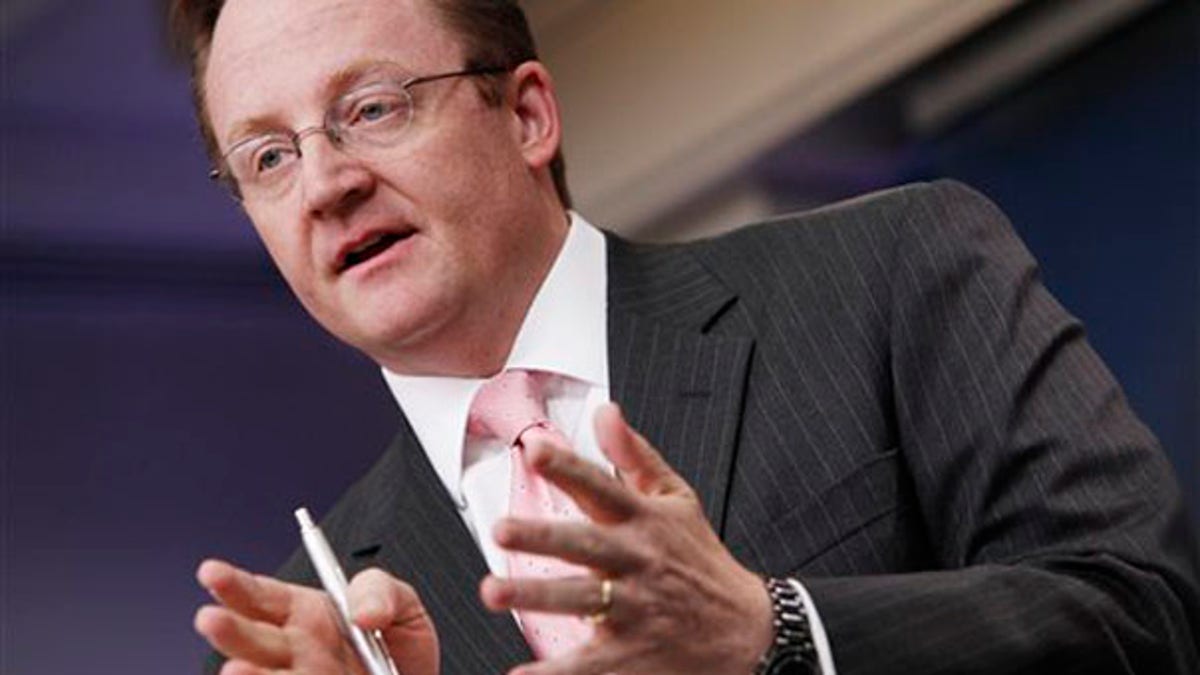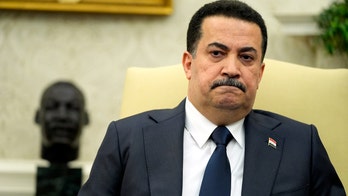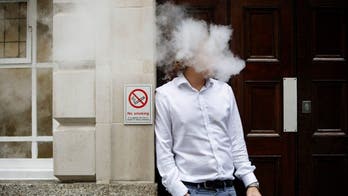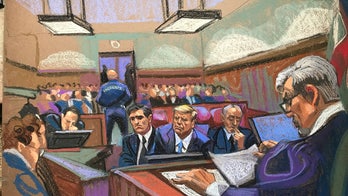
FILE: Robert Gibbs, as White House press secretary, briefs reporters in Washington. (AP)
The White House press office is behaving more and more like an independent media outlet, bypassing traditional news avenues in favor of releasing its own "exclusive" video, voicing administration opinions on its official blog and blasting out updates via Twitter.
The administration's use of its myriad new media platforms has raised questions among the press corps about whether the White House is looking to just tap its own resources to make major announcements. President Obama leans more on internal media as he continues to criticize the "24/7" media environment -- singling out cable news, radio and blogs for occasional lectures -- and appears to be abandoning the prime-time press conference forum he used to discuss major developments during his first few months in office.
"They're doing a very adept job of using new media in the White House," said Pete Snyder, CEO of New Media Strategies. "Whether it's from the constant updates of information at the White House website to ... bypassing the mainstream news media in answering questions and thoughts via Twitter to their use of the photo-sharing site Flickr, really to show the softer side, the more human side, of the administration."
But the White House says the office is just trying to get information out as directly and efficiently as possible.
Press Secretary Robert Gibbs used his new Twitter account on Tuesday to distribute an Associated Press article reporting the Minerals Management Service would be split into two agencies -- and seemingly confirm the news at the same time. He used the same account to break the news in March that Obama would be delaying his trip to Indonesia and Australia to work on the health care bill. Asked how heavily his Twitter account would factor into the news cycle, Gibbs bemoaned technical difficulties with his White House e-mail account and said: "I would say Twitter is a quick medium to get information out and we'll probably use it more often."
The technologically adroit administration has gone far beyond Twitter in promoting its activities and establishing its own self-sufficient media arm. The administration started its roll-out of Supreme Court nominee Elena Kagan with an internally produced video and interview posted to the White House blog. Bereft of hard questions, the video showed Kagan talking about her parents and growing up in New York City. She said in the video that she hopes people will see that she is open-minded, fair, has good judgment and "will faithfully apply the law."
The White House even labeled its content as "exclusive footage" when it posted video of first lady Michelle Obama visiting Haiti to survey the earthquake damage last month. The documentary-style video showed footage of the first lady flying over the devastation and scenes from the ground and included a voiceover by Obama.
The moves have stirred some protest from within the ranks of the journalists who cover the White House.
Josh Gerstein, White House correspondent for Politico.com, said the reliance on new media "is creating a certain amount of resentment among the sort of old-school press corps."
"Over time, that resentment can build and, in a crisis, it could be the case that the White House doesn't have the same level of credibility or respect among White House reporters who feel that they're being intentionally cut out of the loop," he said.
MSNBC's Andrea Mitchell on Wednesday suggested on air that the White House was "crossing a number of lines here" with the Kagan video.
Asked on Tuesday whether the rest of the press might get a crack at a one-on-one interview with the nominee, Gibbs replied: "She's not told me that, no."
Meanwhile, Obama has not held a full-blown solo press conference since last July, when he convened the press corps at the White House to discuss health care.
He held a joint press conference with Afghan President Hamid Karzai on Wednesday at which two questions from the U.S. press and two questions from the Afghan press were allowed. He also came to the back of Air Force One last month to talk to the media, and he made an appearance at the daily White House briefing in February.
Earlier this month Gibbs ridiculed a reporter who complained that none of those constitute a traditional press conference. Gibbs noted that Obama took eight questions at the Nuclear Security Summit on April 13.
Asked earlier in the year about the press conference drop-off, Gibbs complained that Obama had previously been accused of being "overexposed."
White House Correspondents' Association President Ed Chen has held a sit-down with Gibbs to plead reporters' case for more exposure.
Comparisons to recent administrations show that Obama, during his first year, opened up to the press in some venues and shied away from the press in others.
Obama had 47 informal, brief question-and-answer sessions with the press corps in the first year of his presidency. By comparison, President George W. Bush had 147 and President Bill Clinton had 252, according to statistics compiled by Towson University professor Martha Joynt Kumar.
Obama held four prime-time press conferences in the East Room, according to Kumar -- an unprecedented number for a president's first year, though he has not held one since. But in terms of total press conferences, he and Bush paled in comparison to Clinton. In their first years in office, Obama held 27 total press conferences, Bush held 19 and Clinton held 45.
Fox News' James Rosen contributed to this report.




